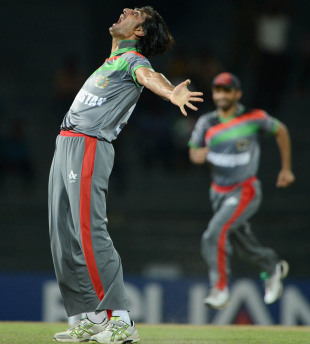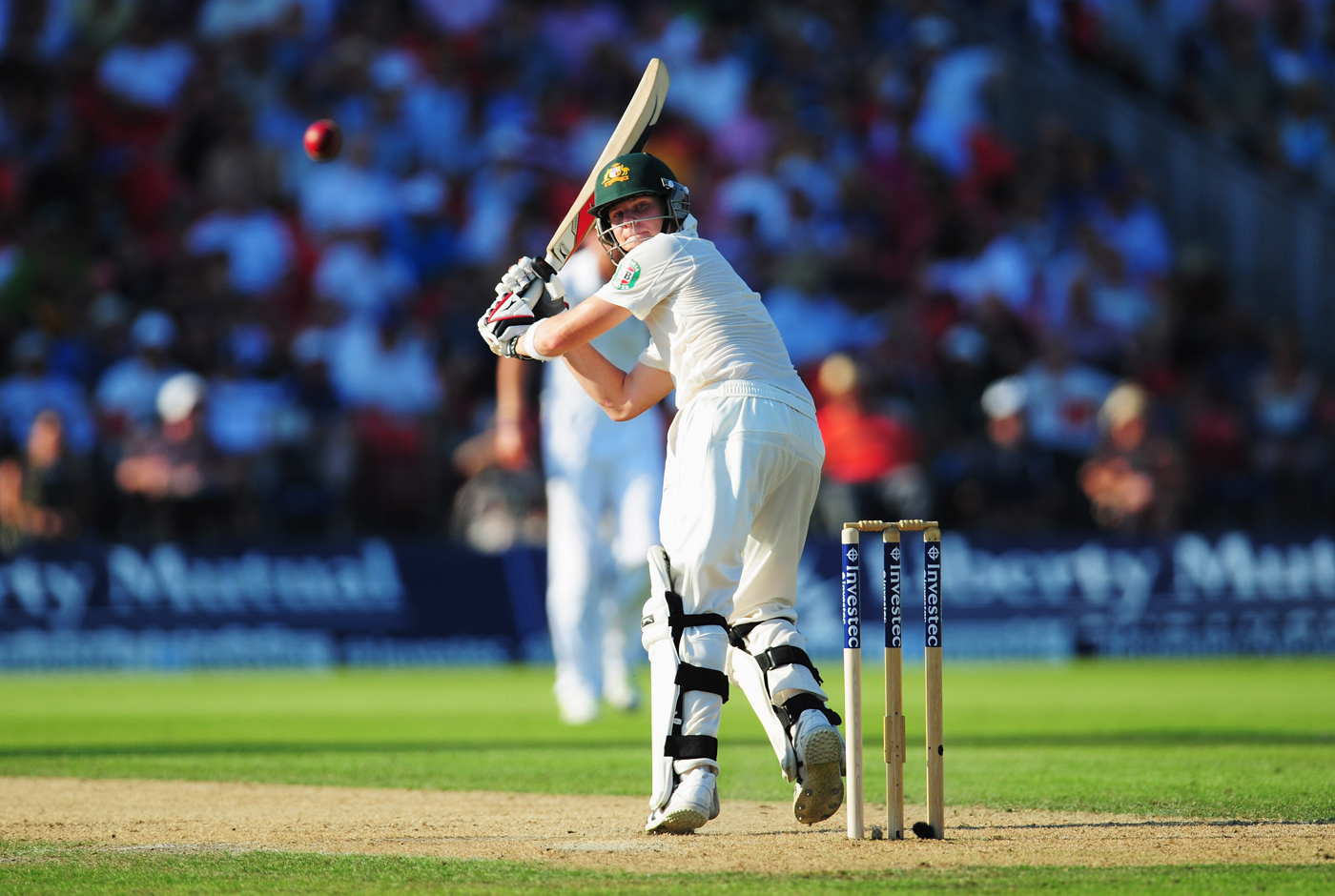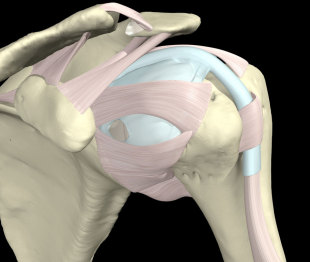| 
| Afghanistan haven't yet had the joy ironed out of them by the cricket grind © Getty Images |
| Enlarge
|
|
|
|
"The challenge is to play cool without being cold." That was the assessment of the great jazz trumpeter Wynton Marsalis. What he said of playing jazz is also true of playing cricket. A sportsman cannot be at the mercy of his moods and emotions. And yet sport becomes dull and lifeless when it is drained of warmth and spontaneity. Sportsmen must search for the right emotional bandwidth: they want enough coolness to feel in control, and yet sufficient rawness and authenticity to feel excitement.
There is no doubt where the Afghan cricket team lies on that continuum. They are joyful, volatile, emotional, unpredictable and deeply expressive. That is why they are wonderful to watch and have lit up this T20 World Cup, even without winning a game. Their performance
against India was deeply moving because you could see how much it mattered to the Afghan players. Every six was joyous, every fielding error was agony.
These were not the learnt, mannered responses of professional sportsmen playing to the gallery. The Afghan cricketers have not yet learned how to hide their feelings. In time, they will become more controlled and clinical. But hopefully not too much. Indeed, we can all learn something from the spirit and the naturalness of the Afghan cricketers. Joy - even vulnerability - has its practical uses, too.
There is a counter argument to my view, of course. Some argue that sport is not about self-expression or enjoyment at all, but rather resilience and reliability under pressure. I've never seen this view better expressed than by Chad Harbach in his excellent novel about baseball, The Art of Fielding. (I make no apology for quoting it at length):
The making of a ballplayer: the production of brute efficiency out of natural genius […] This formed the paradox at the heart of baseball, or football, or any other sport […] Baseball was an art, but to excel at it you had to become a machine. It didn't matter how beautifully you performed sometimes, what you did on your best day, how many spectacular plays you made. You weren't a painter or a writer - you didn't work in private and discard your mistakes, and it wasn't just your masterpieces that counted. What mattered, as for any machine, was repeatability. Moments of inspiration were nothing compared to elimination of error […] Can you perform on demand, like a car, a furnace, a gun? Can you make that throw one hundred times out of a hundred? If it can't be a hundred, it had better be ninety-nine.
It is a wonderful passage, full of insight. But while I agree with many of the steps, I cannot follow all the way to Harbach's final conclusion. Sport is not quite about the elimination of human individuality, or the progress - if that is the right word - towards machine-like efficiency. True, a good player cannot be too vulnerable, he cannot allow his human weaknesses to surface so often that they undermine his performance.
But nor do the best sportsmen, I believe, allow themselves to lose touch completely with their human dimension. We must think carefully before trying to turn ourselves into machines: we may find we lose more than we gain. There is a balance to be struck: between naturalness and pragmatism, between voice and efficiency, between joy and control. Crucially, that balance is different for every player (and every team).
Inevitably there are outliers on that continuum - some players are exceptionally self-denying where others are extraordinarily natural. Rafael Nadal's game is based on the fearless elimination of error, the repeatability of relentlessness. In contrast, Roger Federer's is freer and more intuitive. Federer has said how he cannot bear to "play the same point twice". He needs to be trying something new, at least to some extent, in order to fully engage his talents.
| | | | |
| |
| There is a balance to be struck: between naturalness and pragmatism, between voice and efficiency, between joy and control |
| |
| | |
|
It is a myth that sportsmen can simply choose to adopt the best strands from the personalities of other players. Instead, they must search for the right balance that suits them. The natural, laconic David Gower would not have benefited from trying to become more like the dedicated professional Graham Gooch - nor vice versa. The quest for self-improvement must be tempered by the retention of authenticity.
The same balance applies to teams as well as individuals. Every team has an instinctive personality, a natural temperament. The challenge is to develop and strengthen that collective personality without losing what makes it unique. Over decades as a rugby fan, I have noticed that France play best when they keep their innate flair but harness it within collective discipline. They are much less successful when they rely too much on flair or when they travel too far in the direction of self-denial. To win, France must be France - they cannot pretend to be England.
This logic has consequences for the way we think about getting better at sport. Development - for both the individual and the team - is only partly about honing skills and perfecting techniques. Perhaps the bigger part of the story is learning how to be yourself. This can become harder, not easier, with experience, which explains why many players do not improve with age, but regress. The more they try to become machines, the worse they become. That is why the art of coaching - yes, the art, not the science - is at least as much about understanding people as it is about imparting technical knowledge. What kind of player might he become, what kind of person?
Where does all this leave Afghan cricket? Yes, they need to become more consistent. Yes, they will need to become better at controlling their emotions. Yes, their techniques will have to become more polished and reliable.
But all those things must be developed within a context of remaining true to themselves. They should not lose sight of the spirit and innocence that makes them such a compelling team to watch, and such a dangerous team to play against. In the lovely phrase of ESPNcricinfo writer Sharda Ugra, they "bring to a somewhat tired global community the fresh, bracing air of the mountains".
Afghanistan's cricketers are so refreshing because they aren't like everyone else. It would be a shame if they merely become part of the crowd.


